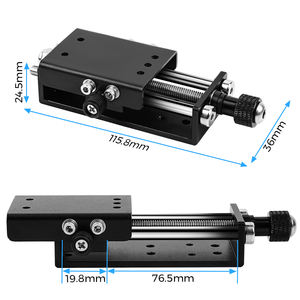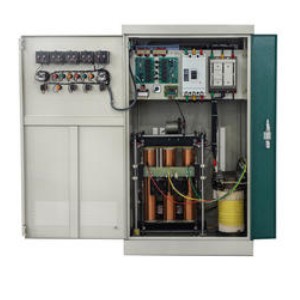Thyristors Online | High-Quality Power Semiconductors
**Silent Sparks: Could Your Electronics Be Secretly Risky?**
(Are Thyristors Dangerous)
Thyristors hide inside gadgets and machines like quiet guardians. These tiny semiconductor devices control power flow in everything from dimmer switches to industrial motors. They work by switching currents on or off with precision. Yet their silent efficiency raises questions. Are they safe? Could something so small pack a hidden punch?
First, understand what a thyristor does. Picture it as a gatekeeper for electricity. Once triggered, it lets power rush through until the flow drops below a certain level. This makes it great for managing high-voltage systems. But here’s the catch. Thyristors handle serious energy. If they fail or get overloaded, things can heat up—literally.
Heat is a big deal. Thyristors in power grids or factory equipment deal with massive currents. A malfunction might cause overheating, sparks, or even fires. This isn’t common, but it’s possible. Imagine a thyristor in a motor drive suddenly locking open. The motor could race uncontrollably. Machinery might break down. Worse, nearby materials could ignite.
Voltage spikes are another worry. Thyristors often operate in circuits exposed to sudden surges—like during lightning strikes or grid fluctuations. If a surge hits an unprotected thyristor, it might fry the device. Shards of semiconductor material could scatter. Nearby components might get damaged. This sounds dramatic, but modern designs usually include safeguards like fuses or surge protectors.
Human error plays a role too. Mishandling thyristors during installation or repair raises risks. Maybe someone wires them backward. Maybe they ignore safety specs. A wrong move could turn a thyristor into a ticking time bomb. Think of a DIY enthusiast tinkering with a high-power light dimmer. Without proper insulation, a slip-up might lead to electric shock.
But don’t panic. Thyristors aren’t villains. They’re built tough. Manufacturers test them under extreme conditions. Safety standards ensure they can handle typical stresses. Engineers add cooling fins, thermal paste, or backup circuits to manage heat and surges. Most failures happen when systems are poorly maintained or pushed beyond limits.
Real-world examples show both sides. In one case, a factory ignored routine checks on their thyristor-controlled conveyor system. Dust built up, blocking ventilation. Overheating melted several thyristors, causing a shutdown. No one got hurt, but production stalled for days. On the flip side, a solar farm uses thyristors to manage energy flow from panels. Regular maintenance and temperature sensors keep everything running smoothly—even during summer heatwaves.
Handling thyristors safely comes down to basics. Use them within rated voltages and currents. Install cooling systems where needed. Include protective devices like circuit breakers. Follow manufacturer guidelines. Train anyone working with them to spot warning signs: unusual heat, flickering lights, or odd noises from equipment.
The bigger picture matters too. Thyristors save energy by cutting waste in power systems. They make renewable energy setups viable. Electric cars rely on them for efficient battery management. These benefits outweigh the risks—as long as respect for their power stays front and center.
(Are Thyristors Dangerous)
Next time you adjust a lamp’s brightness or charge your phone, remember the thyristor quietly doing its job. Treat it right, and it’ll keep your world powered safely. Cut corners, and those silent sparks might just speak up.


